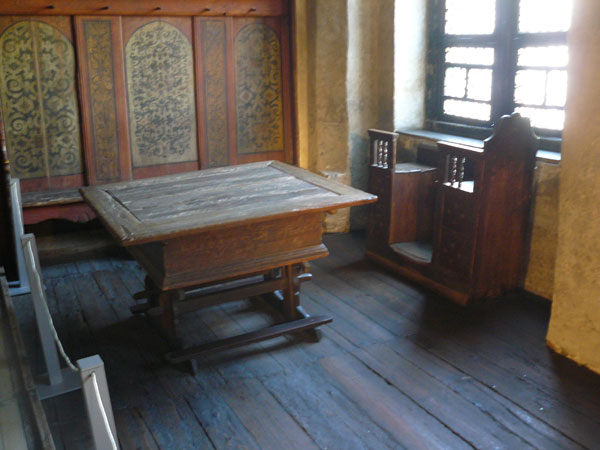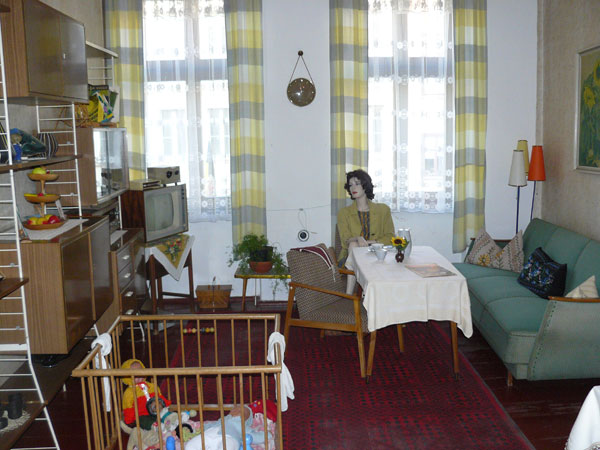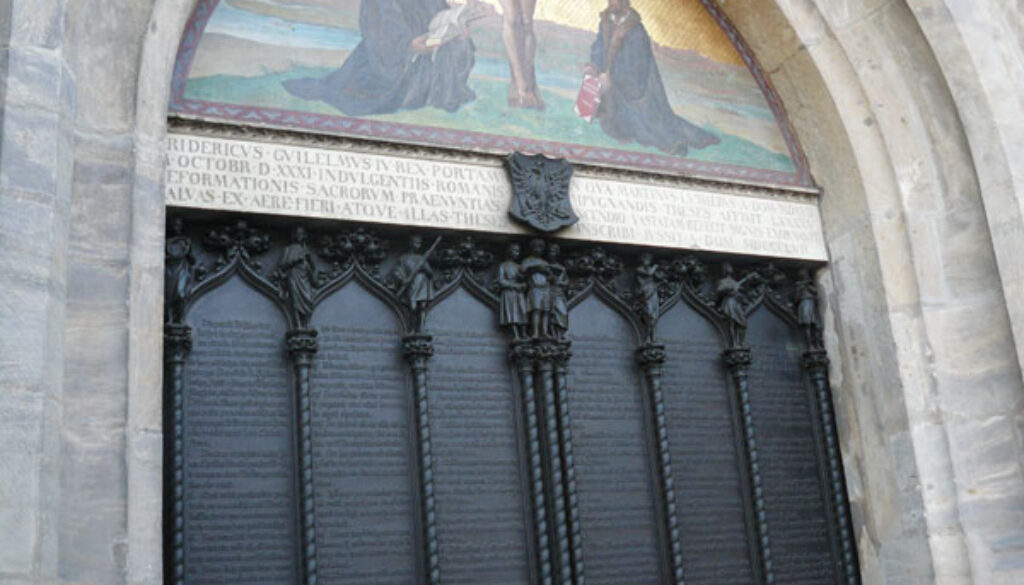A Journey Through Luther Country

After a full day of traveling, crossing six time zones, I arrived at last in Wittenberg, about 100 miles south of Berlin, where Martin Luther famously posted his 95 theses on the door of the Castle Church in 1517, denouncing the church’s sale of indulgences. In those days you could make a contribution to the church and buy forgiveness for sins you hadn’t even committed yet, or even free the souls of your dead relatives from purgatory.
Luther believed this was wrong and that ‘the just shall live by faith’. He was excommunicated by the pope and would have been burned alive, but he was protected by Frederic the Wise, the Elector of Saxony.
We saw the famous door, and Luther’s tomb and Luther’s house, and the houses of his friends Philip Melanchton the scholar and Lucas Cranach, the painter. Wittenberg is a beautiful, walkable town with likenesses of Luther everywhere.

He’s a hero to the German people for lots of reasons besides founding a new faith. For one thing, he introduced music and choral singing into the worship service and began the great tradition of German music — Bach, Handel, Mozart, Beethoven, etc., etc. He himself wrote more than 100 hymns, including ‘A Mighty Fortress is Our God’.
He also translated the Bible into German and in doing so he merged the many different German dialects into one language, now known as ‘high German,’ and thus gave the German people their language.
The Catholic Church at the time seems to have been committed to keeping people in ignorance. They didn’t want people to read the Bible for themselves. So Luther was also the first to promote public education.
On top of that, he seems to have brought a spirit of joy and fun to the country — kind of like Kevin Bacon in ‘Footloose’. He married a nun and fathered six children; how fun can you get?
We also visited the House of History, which is full of artifacts and exhibits from the former German Democratic Republic, the Communist government that ruled East Germany with an iron hand for 40 years. That must have been some party when the Berlin Wall came down and Communist rule came to an end. My new friends here in the former East Germany say people were dancing in the streets.
And Wittenberg was only the beginning. I’ll tell you about Dessau and Eisleben and Weimar next time I get a chance.


October 31, 2011 @ 6:43 pm
I love reading your accounts, because of all of my friends, you can appreciate the great accomplishments of a man like Luther like no other. So glad you’re there, Steve, nice to read your reports and tweets!!